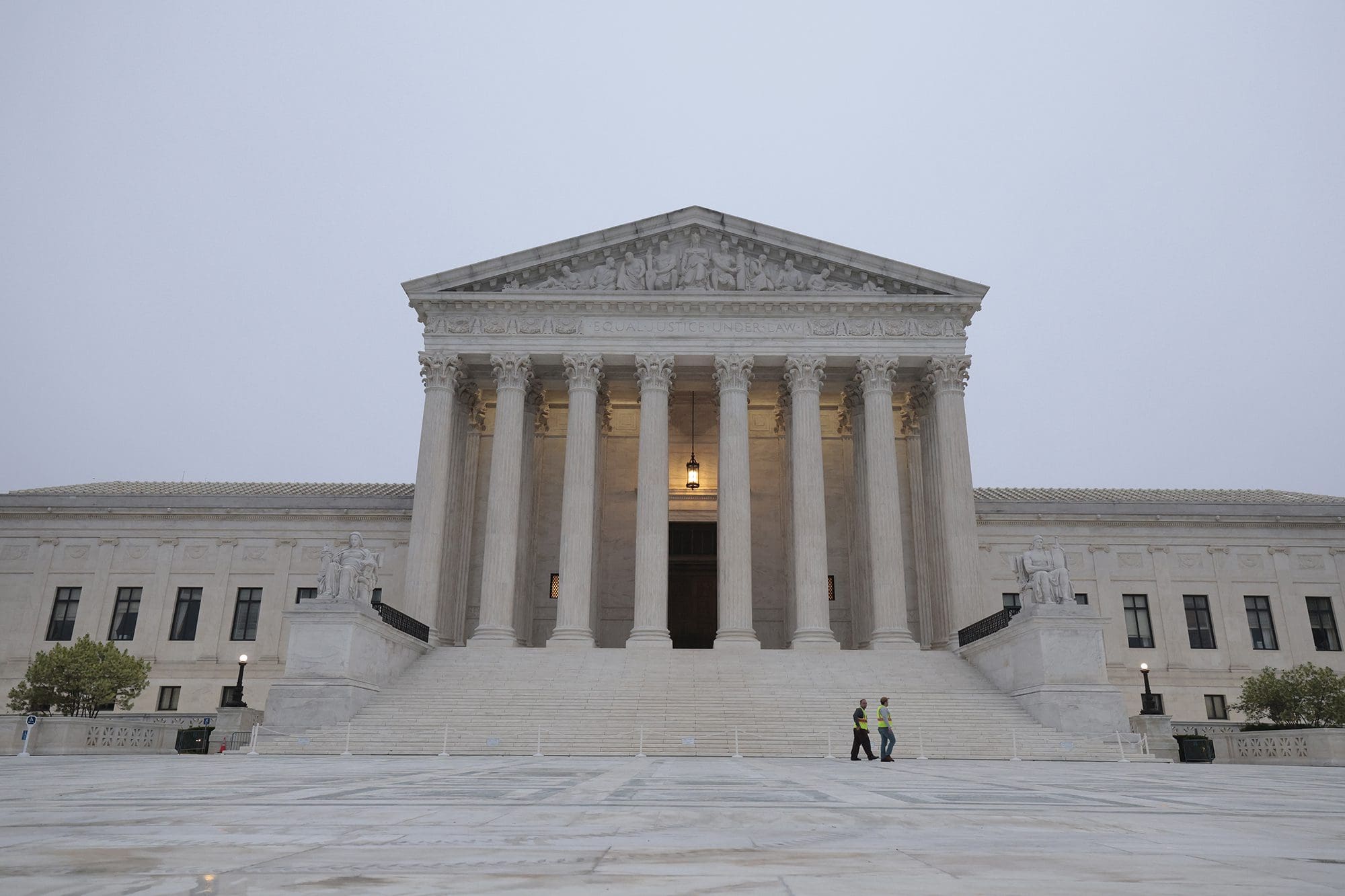I was in Minneapolis last week for the fourth stop of my CEO Listening Tour. As part of my first year leading this national membership organization, I’m on the road listening to Independent Sector members and partners like you across the country.
It’s important to me to hear from this incredible community of changemakers. I want to understand your priorities for the charitable sector, and where IS can be a partner in catalyzing change. Many of the leaders I’ve talked to, during the Listening Tour and beyond, share deep concerns about our sector’s workforce.
COVID-19 put the charitable sector – and our people – through a lot. During the pandemic, we worked to feed and inoculate Americans, defend equity and racial justice, and keep hope and spirits alive, all at the same time.

Dr. Akilah Watkin
Our sector’s workforce has become exhausted. It is rapidly changing in so many ways. And amid the exhaustion and change, one thing remains constant: our workforce is the essential linchpin to advancing our individual and collective missions. For all these reasons, workforce health is one of the four diagnostic lenses we use in our Health of the U.S. Nonprofit Sector reports to assess the state of the nonprofit sector.
As we enter a new post-pandemic era, nonprofit and philanthropic leaders are trying to understand the cultural shifts that have happened in the workforce. They’re working to build camaraderie and community among teams in a new environment. They’re attempting to support their staff while facing employee burnout, skyrocketing costs, a declining number of volunteers, and no financial safety net.
As a nonprofit leader myself, this is deeply personal. It also directly impacts 12+ million people who work at more than 1.8 million nonprofits across the United States.
In fact, the nonprofit workforce is the third largest private employer in the country and makes up more than 5% of the country’s gross domestic product. As impressive as these numbers sound, people don’t often think of the sector as the job creators that we are.
Are we ready to develop a new narrative around our workforce as not only a field of folks committed to making a difference, but also as a major employer and economic driver?
Can we think more boldly about how we recruit new talent, as well as how we nurture emerging leaders to take on new roles and responsibilities?
How do we create incentive structures – from healthcare to childcare – to foster a healthy and equitable nonprofit workforce? How do we advocate for public policies to launch and support those structures?
Understanding the needs of — and opportunities for — the nonprofit and philanthropic workforce is one of my priorities at Independent Sector, as part of our mission to ensure all people in the United States thrive. We’ll be spending the coming months gathering feedback and building a deeper understanding of systemic challenges facing the workforce, so that we can work toward the most effective solutions for the sector.
What workforce concerns are weighing most heavily on your mind? What changes would you like to see?
Let me know – I want to hear from you!
Dr. Akilah Watkins is president and CEO of Independent Sector.



